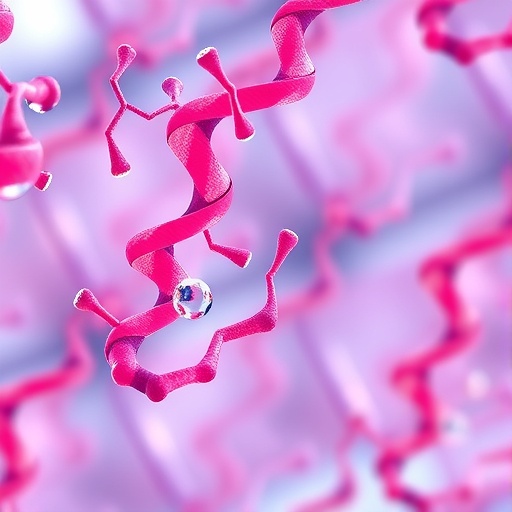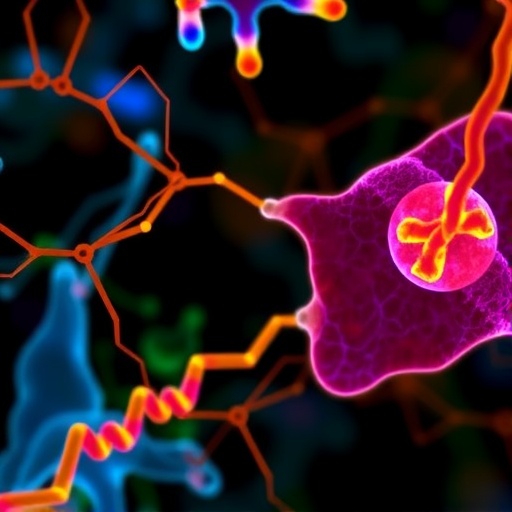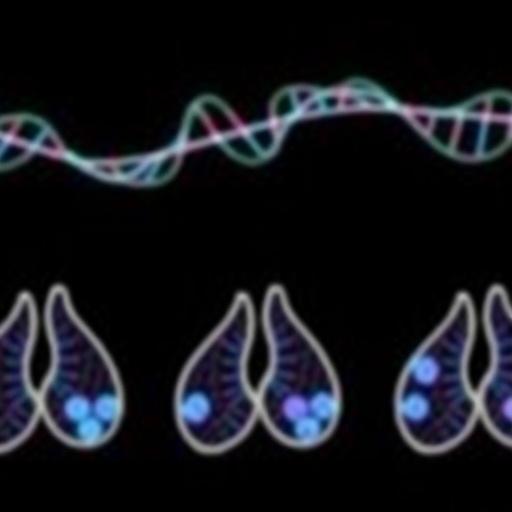PON2, a member of the paraoxonase family of enzymes, has been primarily noted for its antioxidant properties. However, its implications extend beyond mere antioxidation. The study suggests that PON2’s role in modulating oxidative stress may not only influence cancer progression but also affect treatment outcomes. Oxidative stress is a known factor in tumorigenesis and metastatic spread, and the modulation of this pathway could be crucial in enhancing the efficacy of conventional therapies.
The researchers meticulously detail the mechanisms by which PON2 impacts cellular processes. It is suggested that PON2 can influence apoptosis—a critical factor in cancer treatment resistance—by regulating intracellular reactive oxygen species (ROS) levels. This regulation can dictate whether a cancer cell survives or succumbs to therapy. Understanding the precise mechanisms behind this regulation could offer insights into how to enhance current treatments, potentially leading to the development of PON2-centric therapies.
Moreover, the investigation explores the correlation between PON2 expression levels and various cancer types. Different tumors exhibit distinct profiles of PON2, which can indicate their aggressiveness or responsiveness to treatment. For instance, in certain types of breast cancer, elevated PON2 levels have been associated with poor prognoses, suggesting a protective role for the tumor that may enable its survival against therapeutic pressures. Such findings prompt a re-evaluation of how PON2 could be leveraged as a predictive biomarker in patient stratification.
The practicalities of clinical application comfort those in the oncology field. For health care professionals, the analytical framework presented can assist in tailoring treatments based on PON2 levels. This precision medicine approach, where treatments are customized according to individual patient profiles, aligns with current trends in oncology aiming to move away from a one-size-fits-all strategy toward more personalized care.
Additionally, the researchers discuss potential therapeutic interventions targeting PON2. From pharmaceutical agents designed to modulate its activity to gene therapies that could manipulate PON2 expression, the proposed strategies signal a shift toward innovative treatment landscapes that harness the function of endogenous proteins. Such advancements could also serve to overcome some of the most pressing issues in cancer therapy, such as drug resistance and recurrence.
In the realm of preclinical studies, animal models are essential for elucidating the exact role of PON2. Agarwal and colleagues advocate for further investigation in this area, suggesting that PON2 knockout models may represent a key tool in understanding the enzyme’s full impact on tumor growth and metastasis. By systematically analyzing these models, researchers could derive critical data to inform clinical trials.
The study also emphasizes the necessity for comprehensive multi-center trials. Replicating the findings across various demographics and cancer subtypes will strengthen the validity of PON2 as a biomarker and therapeutic target. Such large-scale efforts will also allow for the delineation of PON2’s role in different microenvironments, a crucial aspect given the heterogeneity of tumors.
Equipped with this knowledge, the future of cancer treatment may hinge increasingly upon the elucidation of biomarkers like PON2. As the scientific community advances its technological capabilities, researchers are better positioned to dissect the interactions between various cellular pathways and cancer biology. PON2 stands at the crossroads of various pathophysiological mechanisms, positioning it as a critical focus for ongoing research.
In terms of collaborative efforts, cross-disciplinary partnerships will be imperative for translating laboratory findings into actionable clinical solutions. By combining insights from biochemistry, genetics, and oncology, a more holistic understanding of cancer facilitated by PON2 could emerge, opening avenues for innovative treatment paradigms that transcend traditional methodologies.
The ramifications of such research extend beyond cancer treatment alone. PON2’s involvement in other diseases characterized by oxidative stress positions it as a valuable target in a broader context of health and disease. As studies explore the full implications of PON2 function, its potential as a target in non-cancerous conditions could also be illuminated.
In summary, the study penned by Agarwal et al. offers a compelling look at PON2 as a multifaceted biomarker and therapeutic entity within the cancer research sphere. While further research is warranted to solidify these findings, the implications for patient care are profound. The integration of PON2-related strategies into clinical practice may transform the landscape of cancer treatment and herald a new era focused on biological markers guiding therapeutic decisions.
As we forge ahead, the conversation surrounding biomarkers and their potential to revolutionize oncology continues to gain traction. PON2 epitomizes this paradigm shift, standing as a testament to the power of research in uncovering pathways that can ultimately lead to improved outcomes for cancer patients worldwide.
Strong collaboration and continued investment in research will be vital in uncovering the full potential of PON2 and other emerging biomarkers, ensuring they contribute meaningfully to future breakthroughs in cancer treatment.
Subject of Research: Paraoxonase 2 (PON2) as a potential biomarker and therapeutic target in cancer treatment.
Article Title: Role of paraoxonase 2 (PON2) as a potential biomarker and therapeutic target in cancer treatment.
Article References:
Agarwal, V., Cheesman, M., Haywood, A. et al. Role of paraoxonase 2 (PON2) as a potential biomarker and therapeutic target in cancer treatment.
J Cancer Res Clin Oncol 151, 229 (2025). https://doi.org/10.1007/s00432-025-06282-y
Image Credits: AI Generated
DOI: 10.1007/s00432-025-06282-y
Keywords: paraoxonase 2, cancer biomarker, therapeutic target, oxidative stress, precision medicine.
Tags: apoptosis regulation in tumorscancer biology advancementscancer research innovationscancer treatment resistance mechanismsenhancing cancer therapy efficacynovel cancer management strategiesoxidative stress and canceroxidative stress modulation in malignanciesparaoxonase family enzymesPON2 biomarker in cancerroles of biomarkers in cancertherapeutic targets in oncology





